What’s New
KYCC Social Media Snapshot
Community News

In order to scale up the City’s response to the dual crises of homelessness and housing, the City Council unanimously approved two motions authored by Councilmember Mark Ridley-Thomas, to establish a LAHSA Outreach and Coordination Hub and Center for Interagency Policy and Action.
The LAHSA Outreach and Coordination Hub would be located at 1819 S. Western Avenue in Los Angeles, creating a space for essential workers to centralize deployment activities for South Los Angeles, conduct meetings and trainings, and centralize equipment and supplies.
The proposed Center for Interagency Policy and Action on Homelessness is recommended for 510 S. Vermont Avenue in Koreatown, co-located with the County of Los Angeles’ Department of Mental Health and Workforce Development, Aging and Community Services.
February is Black/African American History Month
Every year there is a theme for Black/African American History Month and 2021’s theme is:
“Black Family: Representation, Identity and Diversity”

Here are a number of things to do for Black History Month:
- DCA – Free events throughout African American Heritage Month
- LA Times – 18 ways to honor Black History Month around LA
- Eventbrite – Los Angeles events for Black History Month
February 12 is Lunar New Year
The modern East Asian Lunar New Year celebrations usually fall on the same date across the region (which occurs in late January or early February).
The following are derived from the Chinese New Year, using the traditional Chinese calendar, and share the same date:
- Chinese New Year (Spring Festival)
- Korean New Year (Seollal)
- Vietnamese New Year (Tết nguyên Đán)
- Japanese New Year (prior to 1873) – Ryukyu (present)
The following are influenced by the Chinese calendar during the long history of China:
- Tibetan New Year (Losar)
- Mongolian New Year (Tsagaan Sar)
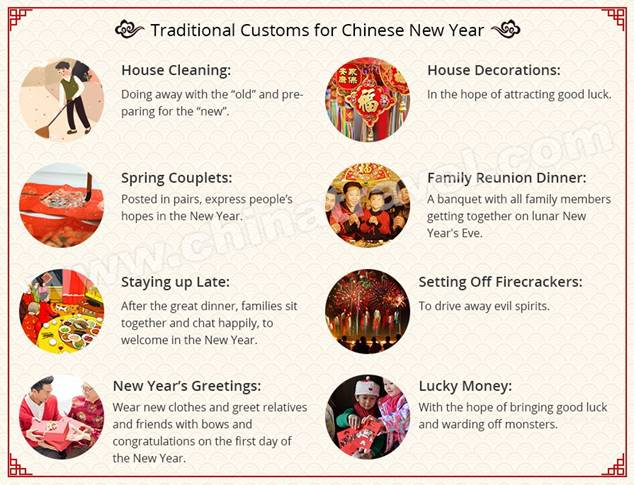
February 26 is Pistachio Day
All Sites Will Have Pistachios on Friday the 26th. Enjoy!!!
Pistachio Facts:
- All pistachio shells are naturally beige in color. Some companies dye nuts red or green if nuts are inferior or for consumer demand.
- California produces about 300 million pounds of pistachios each year, accounting for 98 percent of America’s production.
- Pistachio shells typically split naturally when ripe.
- The kernels are often eaten whole, either fresh or roasted and either salted or unsalted.
- In the Middle East, people call the pistachio the smiling nut.
- In China, people call the pistachio the happy nut.
Health Benefits:
“Pistachios are an excellent source of vitamin B6, copper and manganese and a good source of protein, fiber, thiamine and phosphorus. Scientific evidence suggests but does not prove that eating 1.5 ounces (42.5g) per day of most nuts, such as pistachios, as part of a diet low in saturated fat and cholesterol, may reduce the risk of heart disease.” -US Food and Drug Administration, July 2003
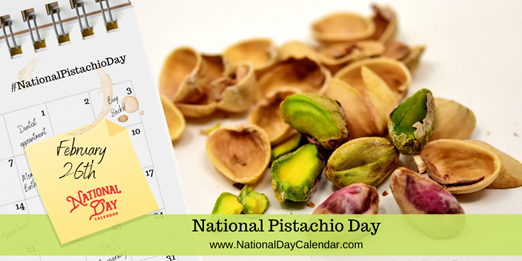
February is also American Heart Month
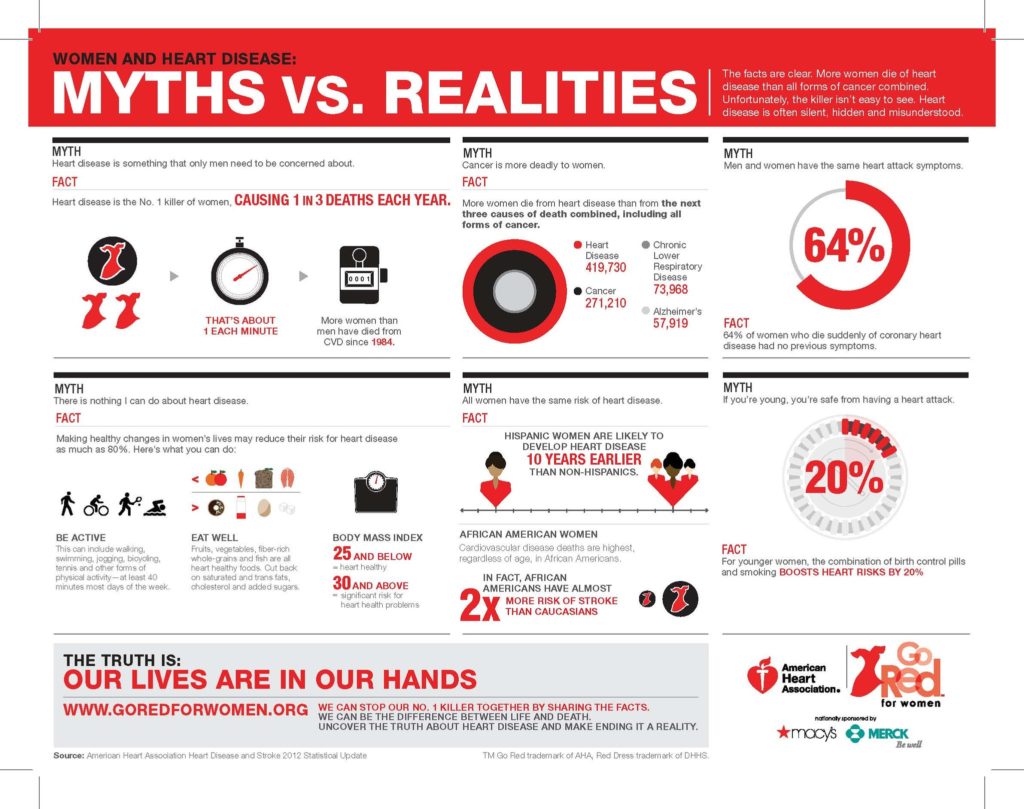
Birthdays and KYCC Anniversaries
Birthdays
- January 5 – Angelica Bernal
- January 13 – Yancy Mauricio
- January 13 – Valerie Mireles
- January 16 – Dannish Ghias
- January 17 – Danielle Joo
- January 19 – Isaac Hong
- January 19 – Seungmin Jackson
- January 25 – Ariel Williams-Lewis
- January 25 – Hye Won Baek
- January 27 – Ronald Aquino
- January 27 – Steve Kang
- January 28 – Tristan Kim
- February 1 – Esther Lee
- February 5 – Ana Carlin
- February 6 – Hyeonku Lee
- February 13 – Kathleen Hobkirk
- February 18 – Seung Yoon
- February 19 – Mi Joung Park
- February 27 – Julia Uribe
- February 28 – Peaches Chung
Work Anniversaries
- January 13 – 1 year – Anna Tumasyan
- January 13 – 1 year – Javier Osorio
- January 21 – 1 year – Liz Kim
- January 21 – 1 year – Clara Rhee
- January 22 – 3 years – Chinyoung Farrey
- January 22 – 2 years – Hanna Yi
- January 23 – 2 years – Xochi Vazquez
- January 26 – 5 years – Lidia Sebastian
- January 27 – 1 year – Danielle Joo
- February 1 – 3 years – Steve Kang
- February 6 – 2 years – Porfirio Marin
- February 11 – 1 year – Tristan Kim
- February 12 – 2 years – Hilcia Guerra
- February 12 – 2 years – Isaac Hong
- February 18 – 1 year – Roberto Leo
Strategy, Tactics, and Powerpoint
Most people build a Keynote or Powerpoint presentation in a very direct way: I have things I want to say, I will list them, slide by slide.
Over time, you might get fancier transitions or graphics (tactics) but that won’t make your fancy deck more effective (strategy).
Overall question: Who is this presentation for?
And the follow-up: What change are we seeking to make?
If you’re not trying to cause an action or some other change in attitude or belief, then what’s the purpose of the deck?
And then, for each sequence of slides, the questions are:
What did this person believe before we got here?
What do I want them to believe after they see this?
Brick by brick, step by step, your slides conspire to cause this change to happen.
The font you choose, your grammar, the size of the letters, the quality of the picture–each of these tactical decisions has a purpose. What’s the change I want this element to contribute to?
The sequence of slides, the tension as you move from one to another–it has a purpose.
It may very well be that your purpose is to create deniability, to get the meeting over with, to have a digital record that you did, in fact, do the work. But it’s entirely possible you can accomplish even more than that.
Most of us played with blocks when we were kids. Building structures that seemed magical. Do that.

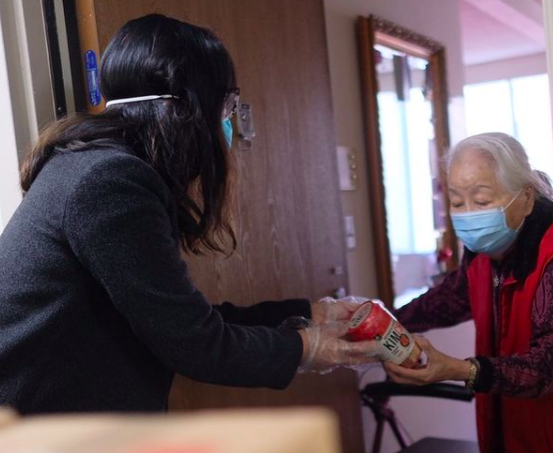

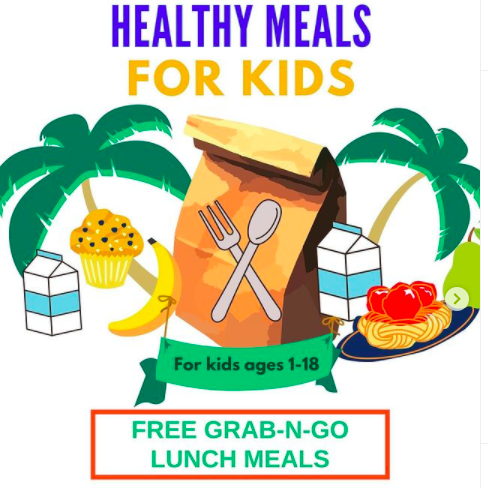
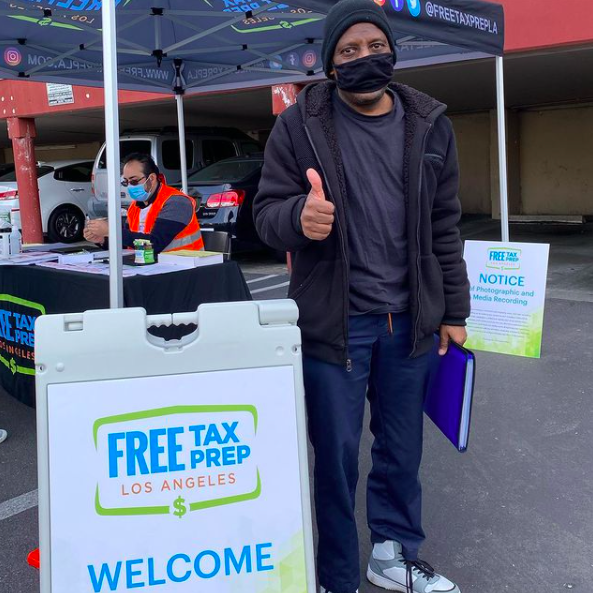
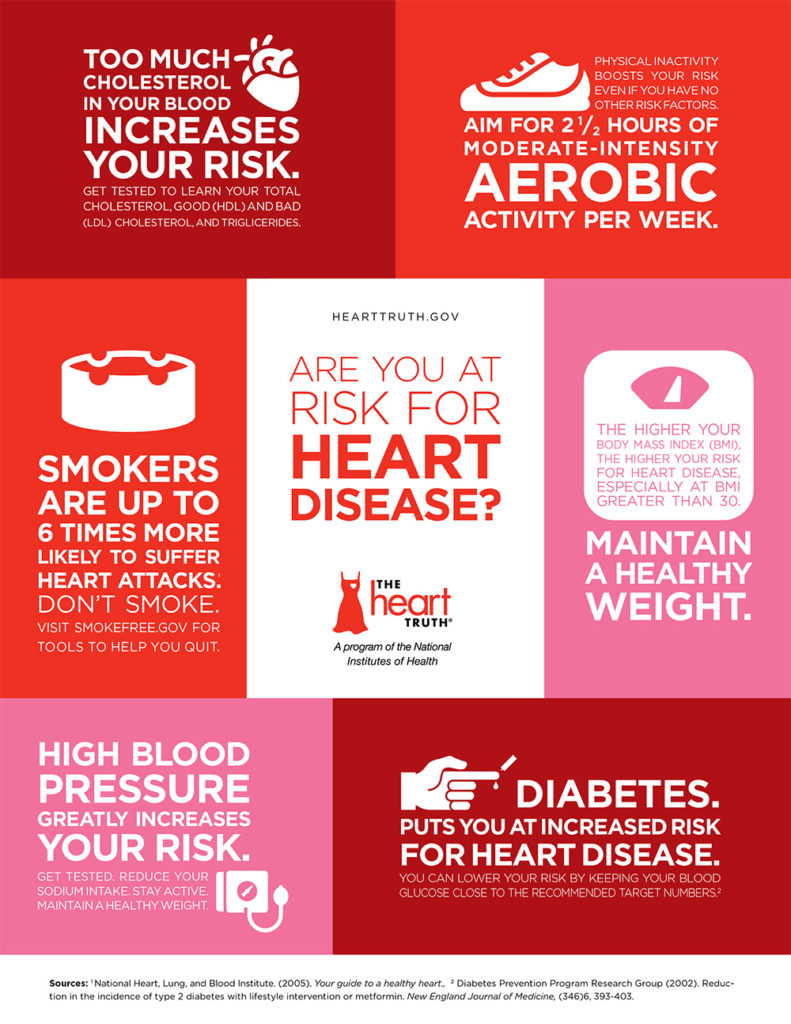
No Comments